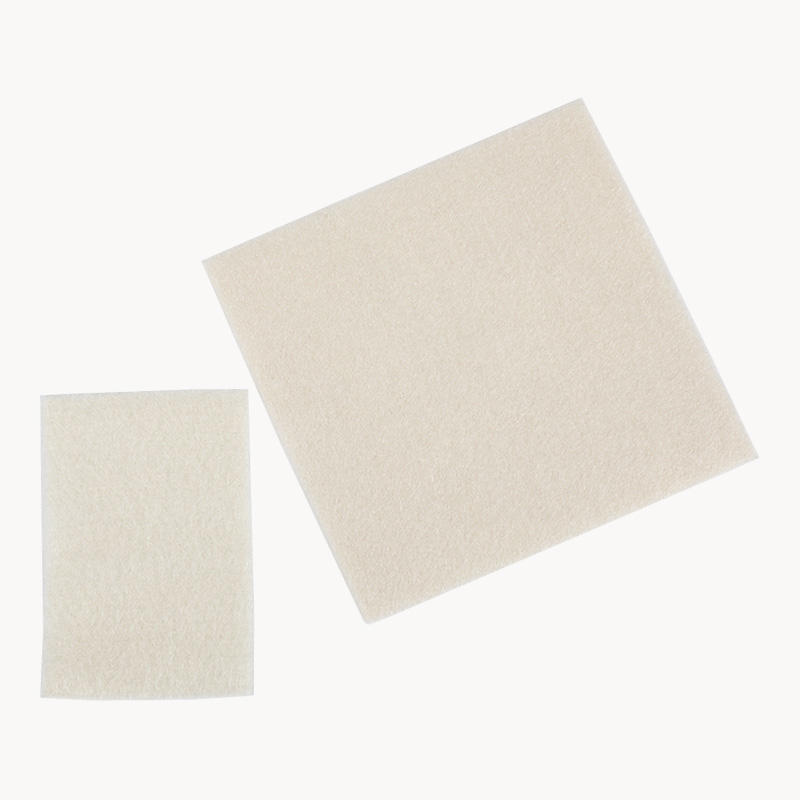Repeated puncture of the central venous catheter will cause continuous puncture point exudation, which will bring great difficulties to the maintenance of the catheter, to prevent infection and unplanned extubation. Traditional gauze dressing is used to cover the exudate from the puncture point. The dressing has insufficient absorption force, and the exudate cannot be completely absorbed. At the same time, when the dressing is changed, the traditional gauze dressing becomes dry and adheres to the surrounding of the central venous catheter, which affects the recovery of the wound.
We use alginate dressings to manage exudate after central venous catheterization. The alginate dressing is added with seaweed refined fiber, which can promote the growth of granulation, quickly, massively and vertically absorb exudate, and form a gel, which can absorb 18 times its own weight exudate, can be used for a longer time, and reduce the number of dressing changes; Salt dressings are soft, comfortable and have hemostatic function, and are the best choice for exudate management of central venous catheters and local hemostasis.

The mechanism of action of alginate dressings
1. Safe and non-toxic: Alginate dressing is a natural polysaccharide carbohydrate extracted from seaweed. It is a natural polymer material without any toxicity to the human body.
2. High absorbency: The alginate dressing can absorb 18 times its own weight of liquid
3. Hemostasis: alginate dressing releases calcium ions after contacting the exudate of central venous catheter, which can promote the formation of prothrombin activator and accelerate the process of blood coagulation
4. Gel-forming properties: Absorb the exudate from the central venous catheter, exchange sodium ions and calcium ions with the exudate, and form a stable mesh gel on the surface of the wound, creating a microenvironment for the wound that is conducive to tissue growth
5. Promote wound healing: A moderately humid wound environment promotes the release of growth factors, stimulates cell proliferation, improves the regeneration ability of epidermal cells and cell movement, and promotes wound healing
6. Reduce local pain: The hydrogel formed on the surface effectively protects nerve endings, avoids external stimulation, is not easy to adhere to the wound, is easy to remove, and reduces wound pain

 English
English عربى
عربى Español
Español русский
русский 中文简体
中文简体








